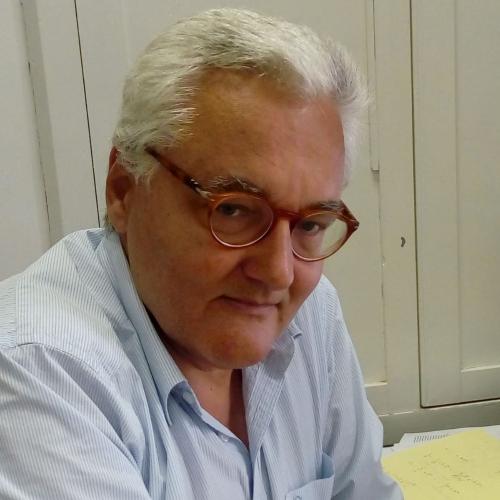The main research themes in the curriculum are:
- Bluff-body and Building Aerodynamics
- Atmospheric Physics and Climatology
- Fluid-structure Interaction and Aeroelasticity
- Measurement and Simulation of the Wind
- Non-synoptic winds, thunderstorms and downbursts
- Transient aerodynamic and aeroelasticity
- Wind Reliability and Risk
- Wind Storms and Structural Vulnerability
- Wind-excited Vibrations
The educational objectives of the program are accomplished through a committee with specific expertise in the areas of study of the program in a highly stimulating scientific environment.
The Coordinator of the Curriculum is Prof. Giuseppe Piccardo
CURRICULUM COMMITTEE
- Bert Blocken
- Horia Hangan
- Uwe Ulbrich
Click on the names of the Professors below to access their webpages and check their publications:
- Alessandro Bottaro
- Massimiliano Burlando
- Luisa Pagnini
- Giuseppe Piccardo Bluff-body aerodynamics, Transient aerodynamics, Aeroelasticity
- Jan Oscar Pralits
- Maria Pia Repetto
- Federica Tubino





